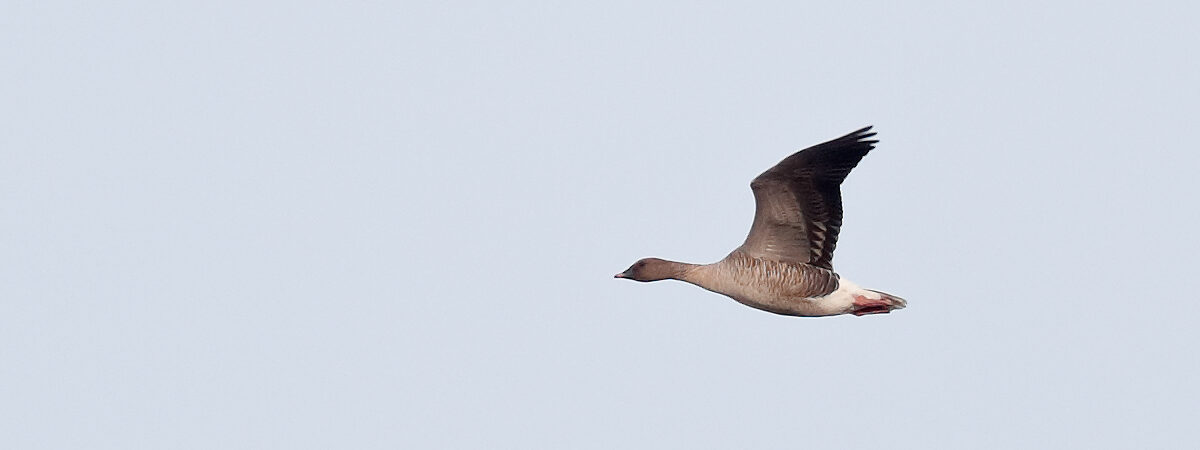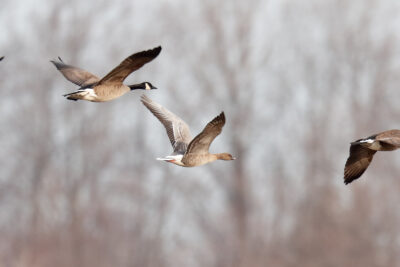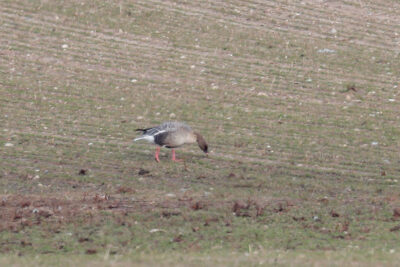We are excited to announce that the Michigan Bird Records Committee (MBRC) will share a Notable Sightings column with Michigan Audubon members each quarter. The first column was made available to MA members through the constituent portal this July, and we look forward to featuring it in our magazine, the Jack Pine Warbler (JPW), moving forward.
For a limited time, non-members can get a peak at the column right here. If you like what you’re reading and are curious about what the MBRC will share in the fall JPW this October, join Michigan Audubon today.
Notable Sightings from the Michigan Bird Records Committee
July 1, 2023
Greetings from the Michigan Bird Records Committee (MBRC). The records committee is an all-volunteer organization responsible for maintaining the official Michigan Checklist of birds that have ever been recorded in the state and evaluating any records of birds in Michigan that are not regularly occurring species. The committee has long partnered with Michigan Audubon, and we are excited to bring the Society’s membership a new feature: quarterly updates from the committee on recent happenings in the world of rare birds in Michigan.
In the spring of 2023, certainly, the most exciting event was the occurrence of a Pink-footed Goose in Grand Traverse County in April. Pink-footed Goose is a European species that breeds in the high Arctic in Greenland, Iceland, and Svalbard and winters in northern Europe. Despite their presence on Greenland in the summer months, they occur in mainland North America only as a winter vagrant and, to date, have never occurred in Michigan.
The bird, seen in Grand Traverse, was first noted in farm fields west of Kingsley on April 9 and was initially identified as a Greater White-fronted Goose, an uncommon but regular spring migrant throughout Michigan. On April 10, photos of it were posted to eBird, and it was soon recognized that the bird was actually a Pink-footed Goose. Many birders descended on the area the morning of April 11 and were not disappointed, as it was present for most of that day but unfortunately was not seen again thereafter. The MBRC has yet to evaluate this record officially, but if accepted, it would bring the total count on the official Michigan Checklist to 460 species.
Waterfowl present a unique problem to records committees because they, more than any other group of birds other than perhaps Psittaciformes (parrots, parakeets, and their relatives), are popular in captivity: in zoos, private collections, and even working farms. Of course, captive birds can and will escape, thus presenting a challenge for records committees and birders who play the listing game. Sometimes, there are obvious signs of captivity in a waterbird:
- It has leg bands (especially if they’re plastic instead of metallic).
- One or both hind toes (the hallux) are removed.
- Its flight feathers are clipped.
- It is exceptionally tame around humans.
If any of these are observed on a stray goose or duck, it’s a pretty safe bet that the bird has escaped, even if it might not be proved to an absolute certainty. Unfortunately, the reverse is not true. Even if the bird shows absolutely no overt signs of captivity, there is still a non-negligible chance that the bird actually escaped from some local collection rather than arriving in the area on its own. As a result, a record committee’s judgment of vagrant waterfowl (and indeed that of anyone who sees it) is necessarily subjective to a degree.
But record committees do have one other tool at their disposal by which they can judge precisely how “non-negligible” the chance is that a rare duck or goose has escaped: the species’ pattern of vagrancy in the region. In this example, if Pink-footed Goose had no history whatsoever of vagrancy to mainland North America, and this bird in Michigan would represent not only a first for the state but also for the entire country, that might give a records committee significant pause in accepting it as not-escaped. But, Pink-footed Goose has occurred in North America, and indeed with increasing frequency in the past few decades.
Beginning especially in the 1990s, wild-looking Pink-footed Geese began regularly appearing in northeastern North America during the winter months, primarily in Newfoundland, Quebec, and the Maritime provinces south to New York. It is also now close to annual in eastern Pennsylvania and New Jersey and has also occurred in Ontario, Maryland, Delaware, Kentucky, and one even in Colorado. It’s been accepted onto the official checklists of all those states and provinces. In fact, the Kentucky bird, which was noted in two different locations around Lexington and Louisville in November and December 2022, may well have been the same bird that appeared in Michigan three months later.
The MBRC will officially evaluate this wayward goose later this summer.
Geoff Malosh
On behalf of the MBRC
Geoff Malosh is a native of Pittsburgh, Penn., where he became interested in birds at seven. He has a special interest in bird records and the history of birding and has been a member of bird records committees in both Pennsylvania (2006-12) and Michigan (currently). He is also the former editor of Pennsylvania Birds, the journal of ornithological record for the state of Pennsylvania, and is an eBird reviewer for Pennsylvania. He graduated from Michigan State University in 1997 and resides with his wife in Maumee, Ohio, close enough to Michigan to have allowed him to rekindle his interest in Michigan birding that began many years ago in East Lansing.



